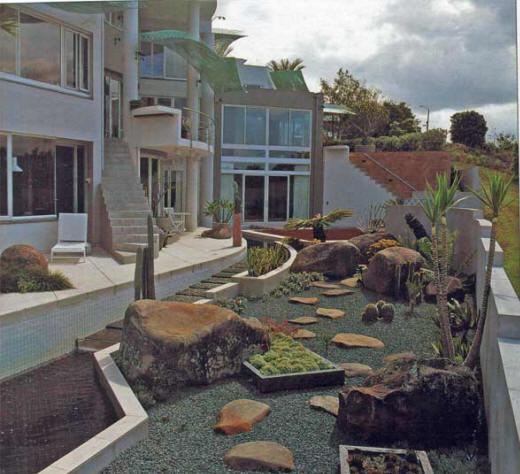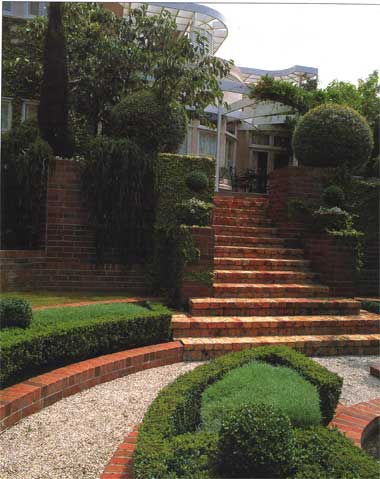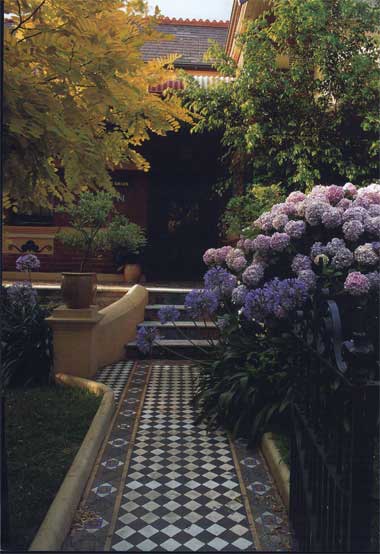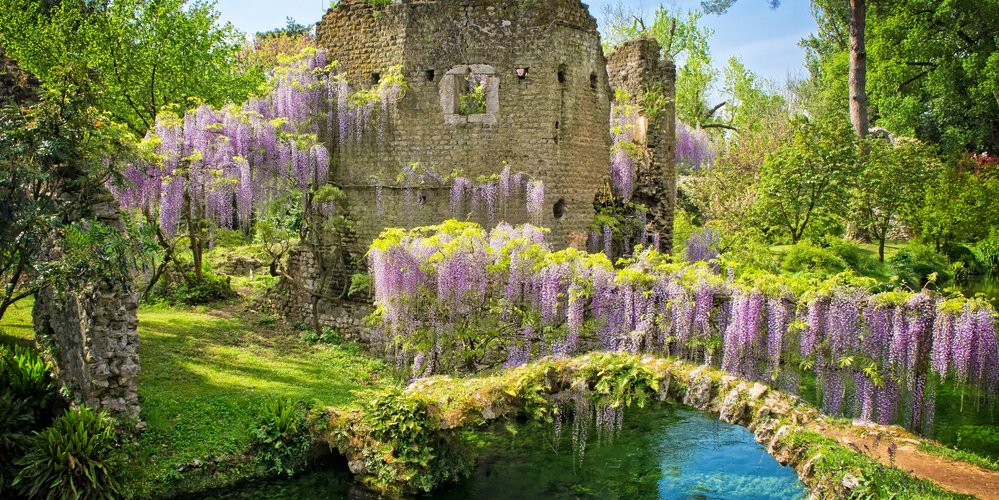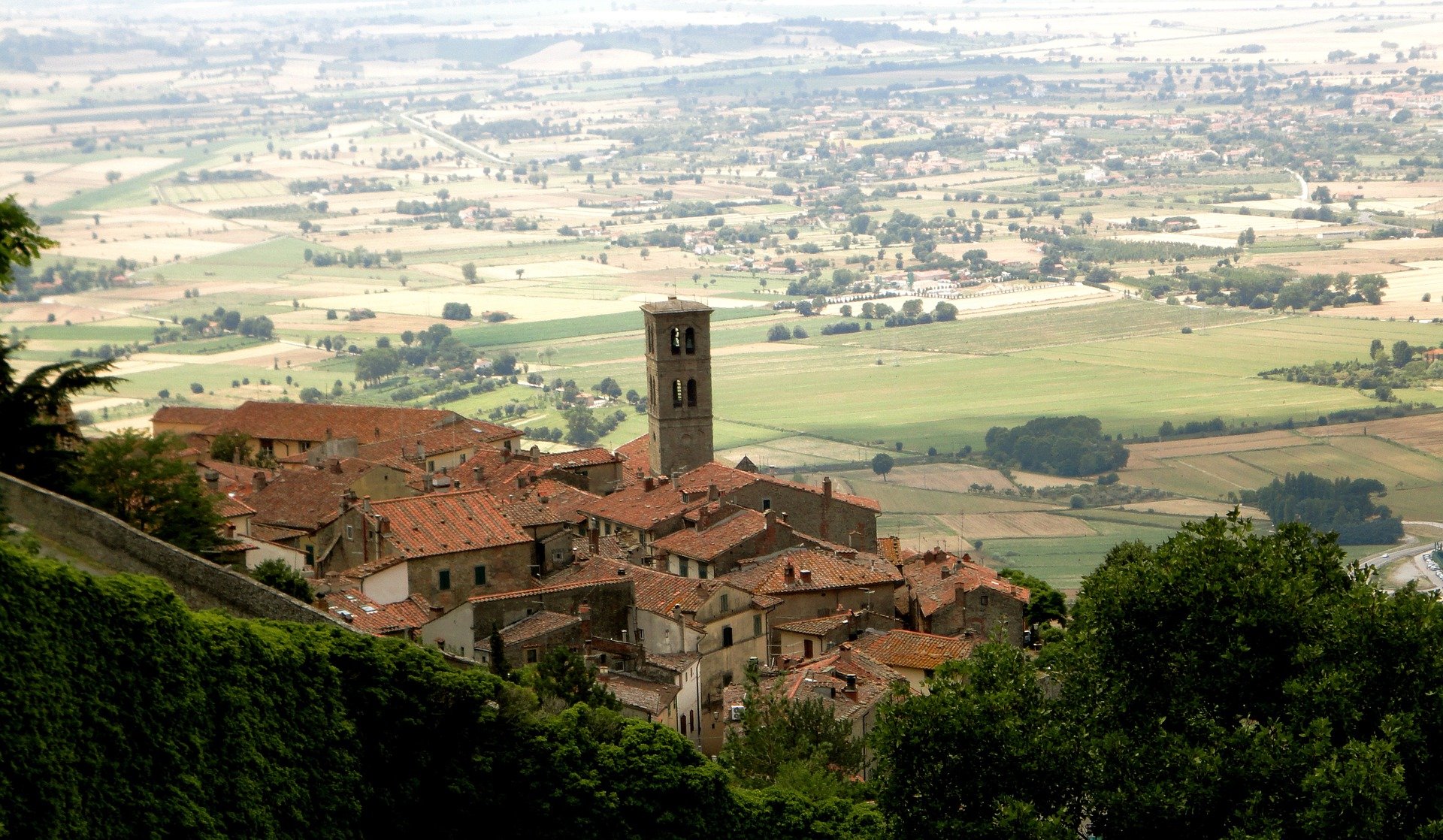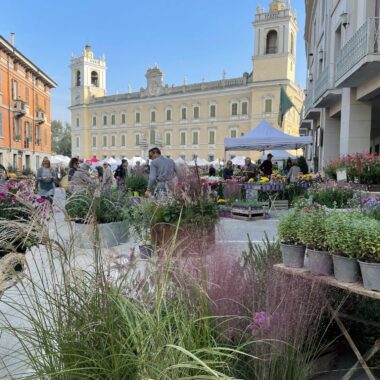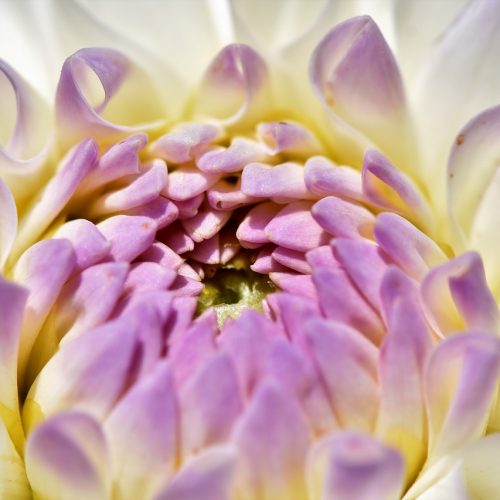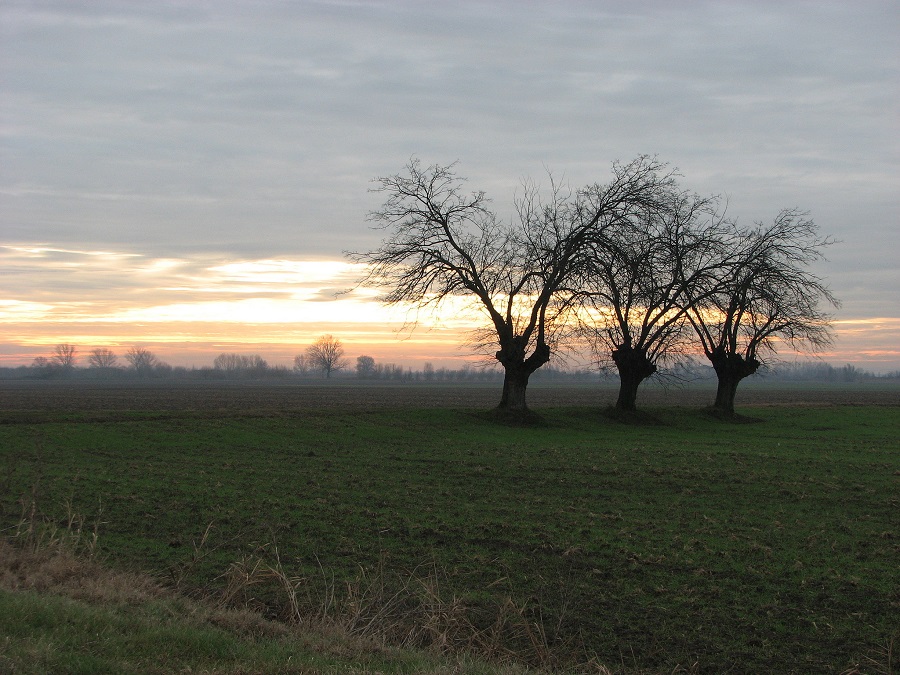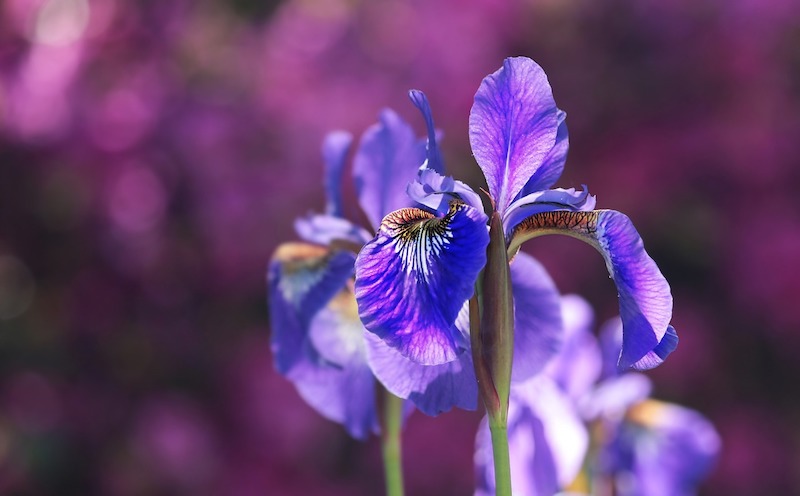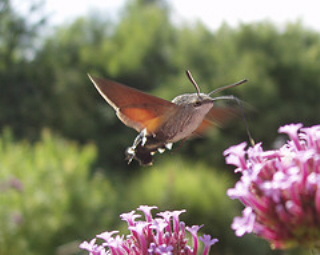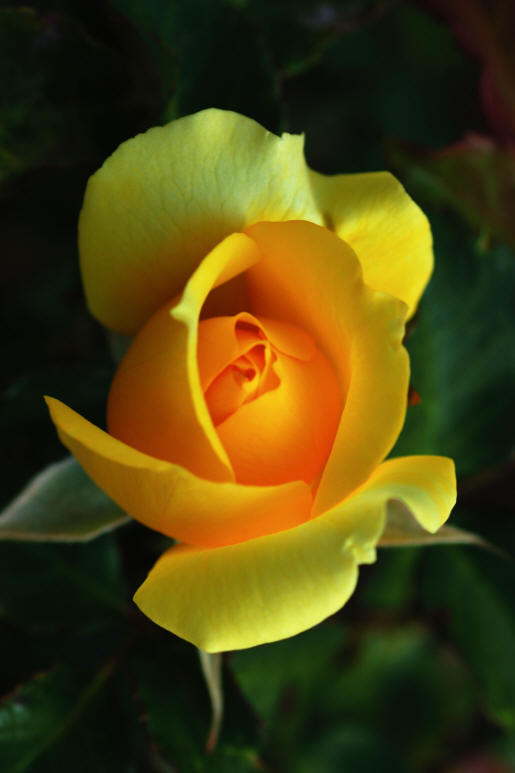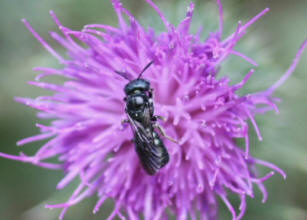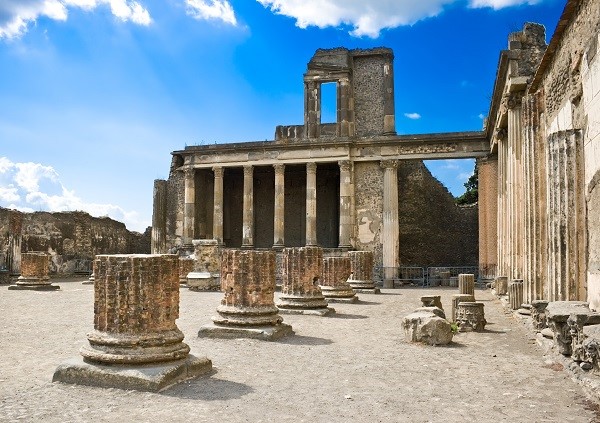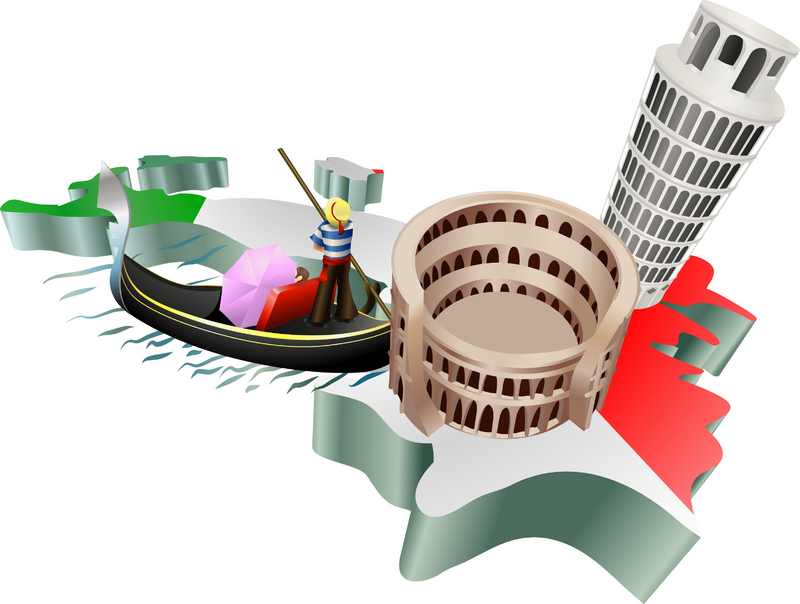Connecting Areas of the Italian Garden
By now a rough idea of the final garden design should be emerging; you
have hopefully decided on which style the garden will adopt, where your
formal area will be, where you would like to create your garden rooms,
informal areas etc and all based around one uniting theme or feel.
Now all that’s left to do on the garden plan is connect these different
green spaces and garden rooms together, in a coherent and attractive
fashion. Access needs to be assured to all areas of the garden by means
of pathways and entrances that lead you from one garden room to the
next, and from one space to the next. This access is clearly provided
by paths, gates, steps or ramps and the styling of each of these features
is an art in itself!
Intelligent planting schemes can enhance formality or informality
by adopting the use of topiary or vases to enhance or detract from the
symmetry. A very useful yet simple natural logic to follow when designing
a formal planting scheme is to always plant plants in even numbers,
as this will ensure a stable and mathematically rational structure to
the planting scheme. Instead informal plantings should display a far
less rational planting structure and the planting of plants in groups
of odd numbers will ensure a less rigid, natural ‘informal’ effect.
The paths that connect
these different areas together should have a walking surface that picks
up on the feel and colours of the gardens it unites, with
careful consideration being given to the material used and its message
within the garden. Paths can also be enhanced with arbors,
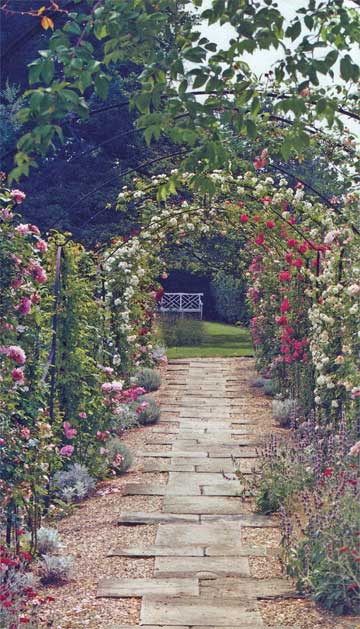
on which you can then grow climbing roses and other climbing plants.
These can be constructed from wood, wrought iron or even simple, inexpensive
taught metal wires pulled between wooden posts or walls. Do not underestimate
the potential of occupying the vertical space, as it will increase the
amount of color and foliage effect, without robbing you of valuable
floor space. Climbing plants with fragrant flowers such as classic roses,
honeysuckle and wisteria, when grown at head-height are clearly more
effective scent providers than scented plants grown at ground level!
People can be enticed and then rewarded by placing an object
such as garden benches, amphora or even a simple, inexpensive old mirror
hung on a wall at the end of a vista or path. Mirrors placed intelligently
can add depth and improve light-levels, making a pathway seem even longer,
or illuminate a dark corner.
Entrances and other prominent garden features should be given special
attention and their importance and inevitable
symmetry should be addressed
by planting elegant topiary or placing vases either side of a door,
gate, or at the beginning of a path or a flight steps etc. Planting
of this kind addresses and underlines important features perfectly and
automatically draws the eye to the feature you wish to emphasize, giving
it the importance it deserves.
Here ‘Space and form’ come into play yet again and any object, vase
or shrub should be designed and chosen to suit the overall scale and
unifying theme- maintaining a clear yet intriguingly subtle message
throughout the entire garden design.
While we’re on the topic of gardens, if you would like to read more about Italy’s enchanted gardens for some inspiration, just click the highlighted words!
By Jonathan Radford

